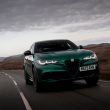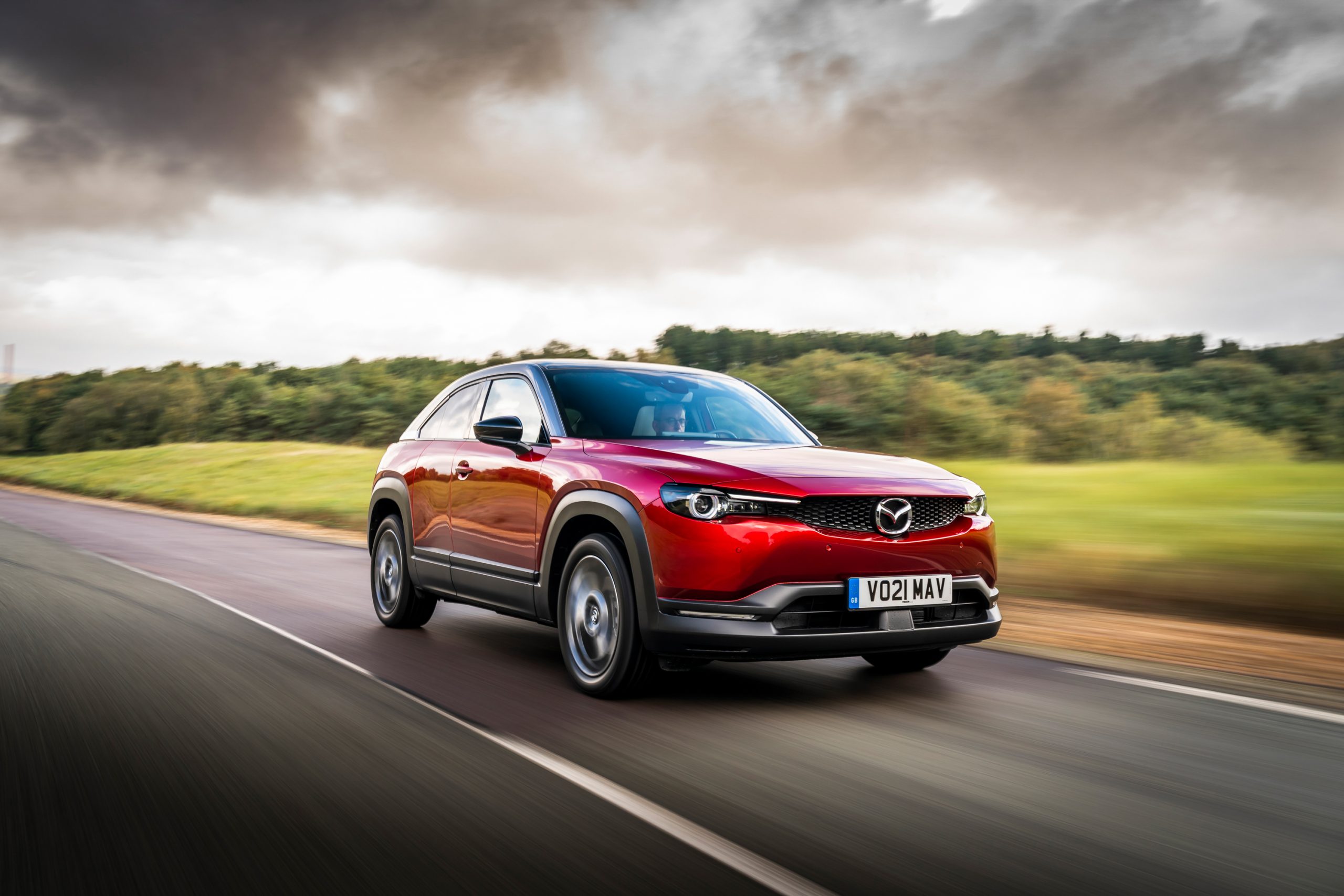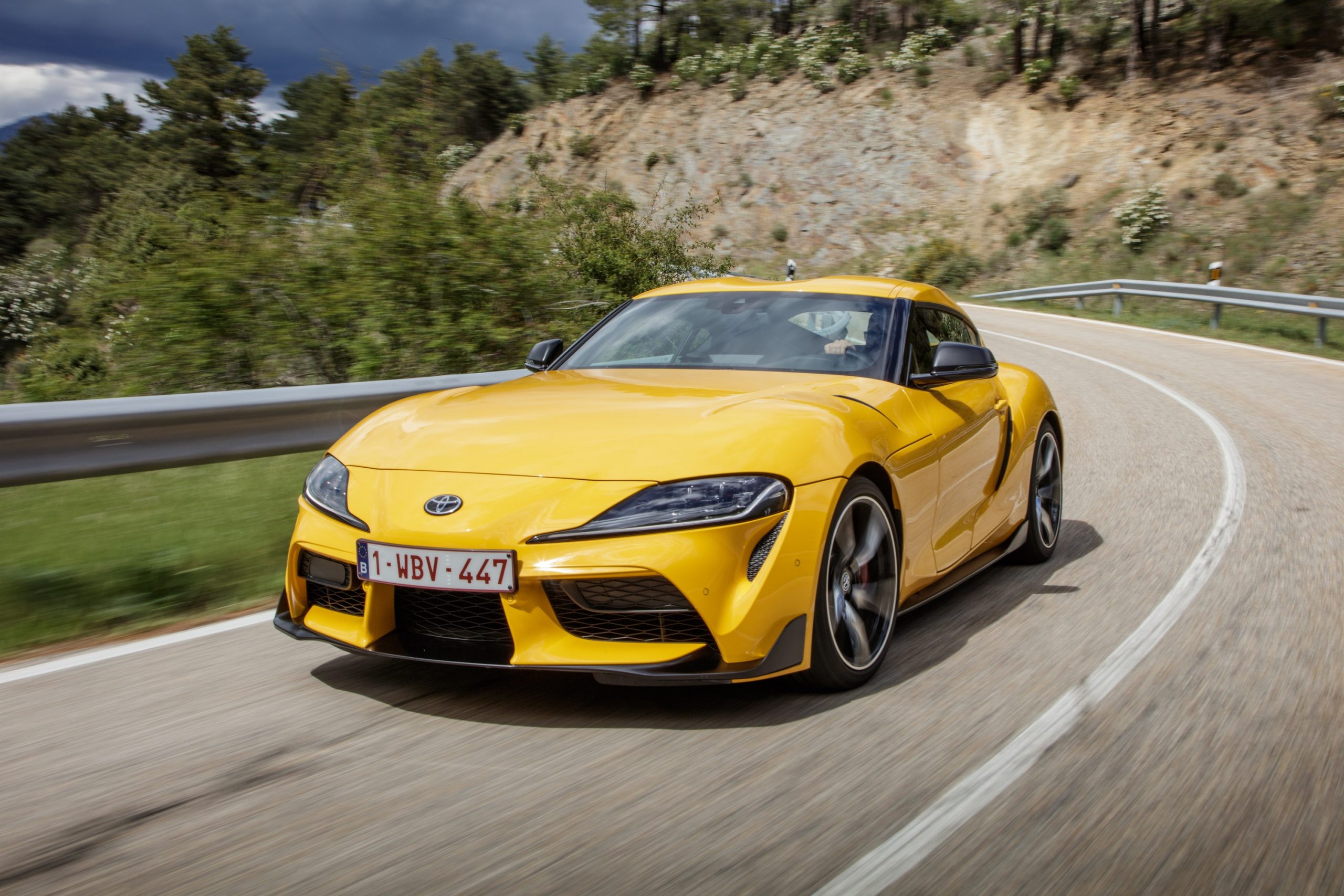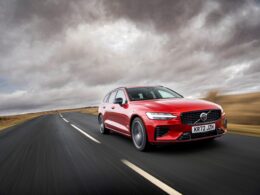Mazda’s first EV is here, and aims to do things a bit differently to most, but does it pay off? TED WELFORD gets behind the wheel.
Mazda is a brand that is committed to its combustion engines, constantly exploring ways to improve and innovate such units at a time when others are just wanting to electrify. So while plenty of manufacturers are declaring ‘we won’t sell a petrol or diesel car by X date’, the same murmurs won’t be heard from this Japanese carmaker yet.
But electrification is now taking off to a point where firms can’t be ignorant to EVs, so here’s Mazda’s first effort at a battery-powered model – the MX-30.
Given SUVs now account for more than 50 per cent of Mazda’s sales, it’s unsurprising the MX-30 adopts this body style which is loosely based on the firm’s regular CX-30 crossover.
But while its underpinnings are new, Mazda has aimed for it to not lose any of the firm’s renowned traits – being good to drive, stylish and offering good value for money. Much of this has been achieved by using a small battery – just 35.5kWh, the same as you’d find in a Volkswagen e-Up! city car. But that brings a downfall in range, though the brand is quick to point out that the average Mazda owner drives just 26 miles per day, well within the MX-30’s claimed 124-mile range.
Don’t underestimate how big a step it is for a firm renowned for its naturally-aspirated petrol engines to suddenly sell an EV. That’s another reason cited for using the small battery – Mazda calls it ‘right sizing’ so that it doesn’t add too much weight and dampen the driving experience.
So the 35.5kWh battery itself is joined with a 143bhp electric motor, which allows for a 0-60mph time of 9.5 seconds and a max speed of 87mph. Though Mazda claims 124 miles on a single charge, our largely rural test route suggested more like 100 miles. It gives it one of the worst ranges of any EV on sale today, then, and well behind rivals like the Vauxhall Mokka-e.
On the plus side, you can charge at up to 50kW – meaning an on-the-move 20-80 per cent charge takes 36 minutes, while Mazda is also giving new customers a free wallbox so they can charge efficiently at home.
Yet for all the criticisms about the poor electric range, that lighter battery means the MX-30 does drive particularly well, and is definitely the best electric crossover in this area. It feels much lighter than its 1,645kg weight suggests while being nimble and changing direction more like you’d expect a petrol hatchback than an electric crossover.
Everything is very well judged, with direct steering that inspires you to push on through the corners, while the smooth and refined powertrain adds to the appeal – there’s even a cool futuristic sound pushed in through the speakers.

Though lacking the sheer wow factor of other EVs when you put your foot down, the MX-30 still delivers all the performance required in most circumstances.
While styling will always divide opinion, we reckon the MX-30 is a seriously cool thing to look at. It gets Mazda’s renowned ‘Kodo’ design language, while the front end gets a smoother look thanks to the reduced need for grilles and cooling.
The side profile is also fantastic – particularly on our test car that came with the firm’s trademark Soul Red Crystal paint colour, black roof and grey side panels. If we were being a bit picky, Mazda could have toned down the amount of black plastic cladding, but if you like chunky SUV styling, it will likely appeal.
Mazda interiors have seriously improved in recent years, and the MX-30’s is a great place to be. The quality is fantastic, while there’s a clever use of materials and textures throughout, such as recycled plastics, ‘eco’ leather and even cork – the latter being a nod to the fact that this material was what established Mazda a century ago, long before it began making cars.
Up front, everything feels light, airy and modern, too, while another of the MX-30’s oddities is its rear-opening doors – as seen on the Mazda RX-8 sports car from the 2000s. Though they look cool, rear access isn’t the easiest, as you almost have to reverse yourself in the back, rather than climb in. Once you’re in, though, there’s actually a decent amount of room, though small back windows mean it can feel a bit dark and dingy.
Moving back to the point of the battery, one of the best things about using a smaller unit is that it really helps to bring the cost down. So the MX-30 starts from £25,545 (including the £3,000 government grant), which makes it about £5,000 less than those longer-ranged rivals, and not much more than Mazda’s similarly-sized CX-30.
The level of standard kit is also seriously impressive, with all models gaining 18-inch alloy wheels, LED headlights, adaptive cruise control and camera. There’s also plenty in the way of technology, with a main 8.8-inch infotainment system included, a seven-inch TFT digital dial display and a new touchscreen for the climate settings – the latter being something you’re more likely to find on a top-end Audi or Land Rover model.

Our test car came in the top-spec GT Sport Tech grade, though, which is absolutely laden with features, such as keyless entry, an electric driver’s seat and a 12-speaker Bose sound system.
Mazda’s first EV never was going to follow the crowd and it’s safe to say it doesn’t. It’s great to drive, has a brilliant interior and also looks the part, while also being great value by EV standards.
But there’s a clear downside and that’s the MX-30’s weak electric range. Though the real-world 100 miles between charges will be within plenty of drivers’ daily remit, it’s well behind the opposition, and won’t do a lot to ease drivers’ worries of range anxiety.
It’s quite literally miles away from being a brilliant EV, but if you don’t travel far and don’t need a huge amount of space, this is a very credible electric car.














